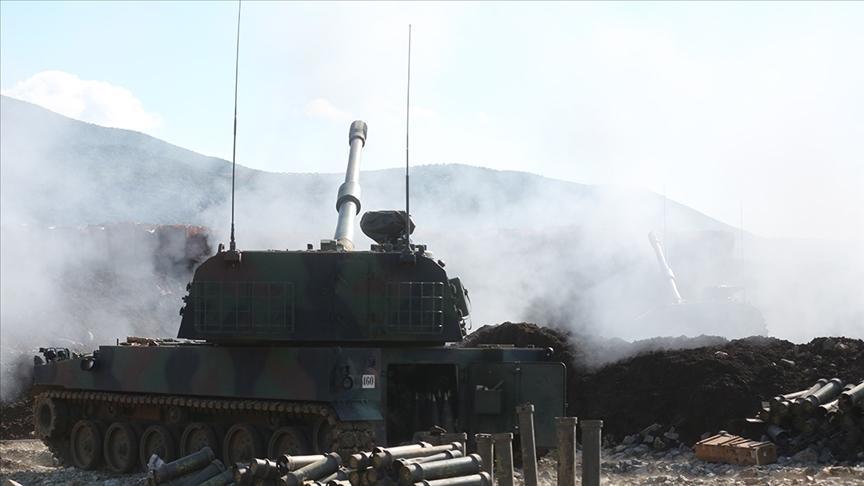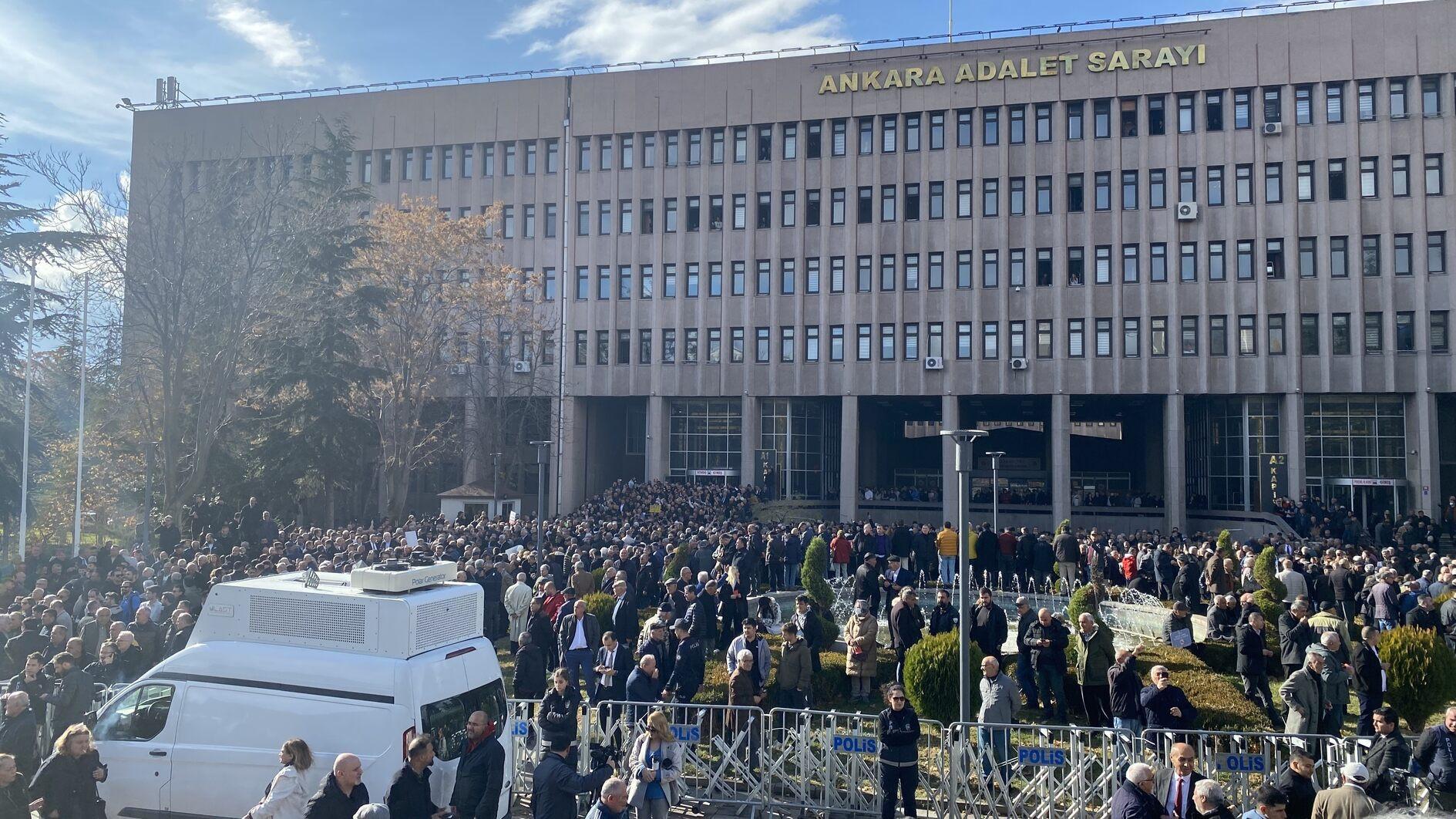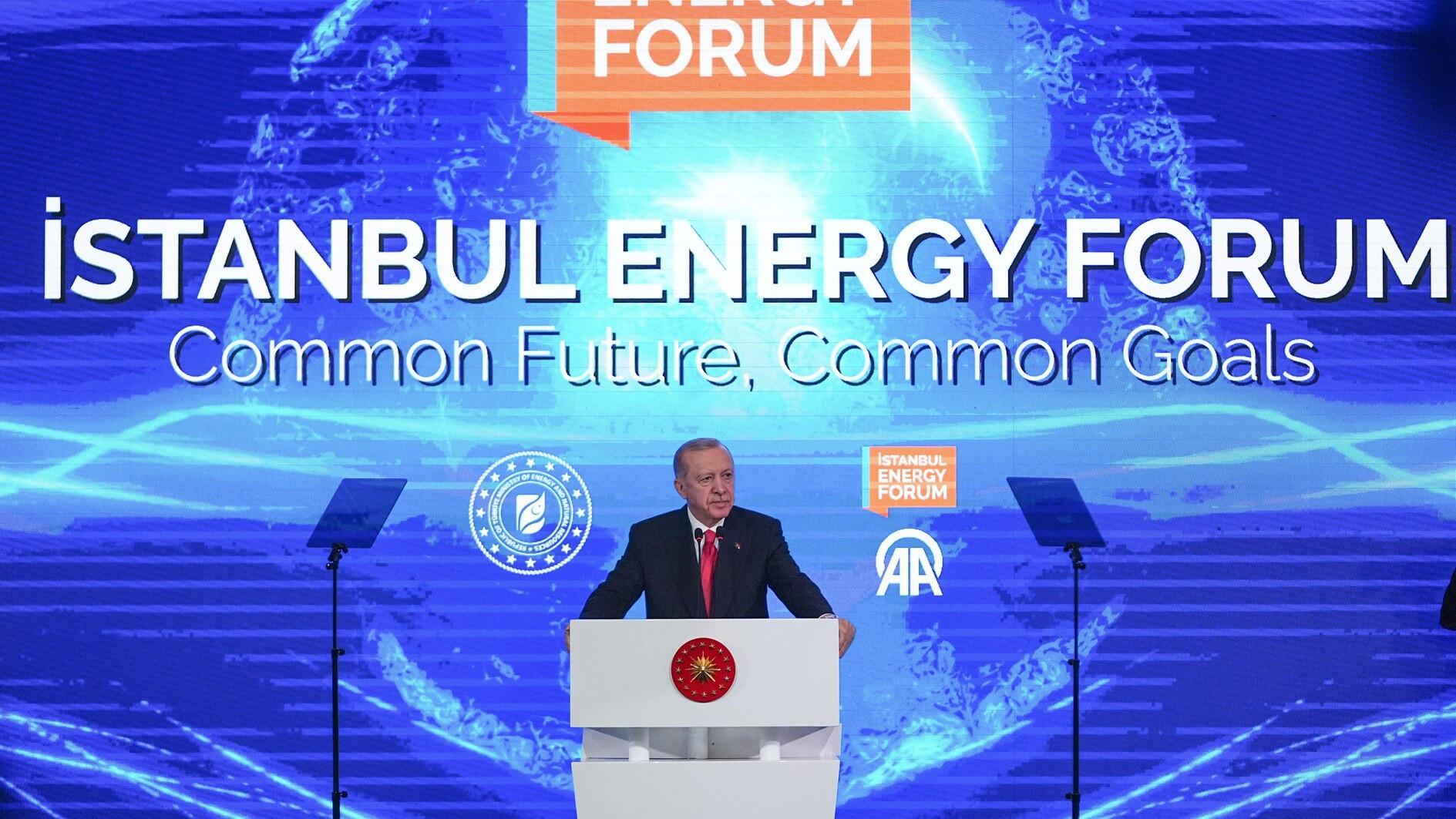Road to peace, or else
The Middle East has long been honored as the cradle of civilization. It has faced almost incessant blood feuds and conflicts throughout history. The longest standing international conflict of the post-World War II era, i.e., the dispute between Arabs and Israelis over Palestine has been a source of trouble not only for the entire region, but occasionally to the world at large as well.
As the conflict has global implications, the U.S. involvement includes both management and attempts at solving it have become part and parcel of the conflict. It is a truism that every U.S. president in last 50 years has tried his hand in finding an everlasting solution to the problem. They have invariably failed, but it has become a tradition. The current president, Barack Obama, now benefiting from the relative freedom of his second term and no doubt wishing to secure his legacy for history, has been for some time trying to do his bid to find ways to reignite the direct negotiations between the conflicting parties.
His Secretary of State, John F. Kerry, has already visited the region 10 times in less than a year and has devoted most of the time in office since his appointment on Feb. 1, 2013, for an attempt to breach the gap between the two sides. After separate but intensive negotiations with both parties, he announced the start of a new peace process towards a two-state solution in July 2013. This was the first serious glimmer of hope, if not a breakthrough, for the solution since the Oslo Peace Accords in 1993. Although the parties initially agreed on a nine-month time frame, the U.S. is preparing to announce another framework in two weeks to keep the parties on the table after April, to close the gap between them and hopefully encourage them towards a final agreement. The current aim is to get the parties to accept the framework with reservations as a basis for a final agreement by the end of 2014.
A lot has changed in the Israeli-Palestinian conflict in last two decades. The lack of mutual confidence is the most important stumbling block. Beside the thorny issues such as borders, right of return for Palestinian refugees, security for Israel, the status of Jerusalem, mutual recognition etc., the domestic divergences on both sides are threatening prospects for peace in the foreseeable future.
On the Palestinian side, the divide between Mahmoud Abbas, President of the Palestinian Authority, and Hamas, controlling the Gaza Strip, are as far as ever. Although Mahmoud Abbas said in a recent interview that an agreement that addresses the refugee issue, establishes a Palestinian state along the 1967 lines with East Jerusalem as its capital, in return for an Israeli military presence in the West Bank for a three-year transition period might be acceptable, Hamas quickly responded they have not given him the mandate to agree a two-state solution.
On the Israeli side, there is harsh criticism not only from the opposition parties, but also from inside the cabinet, against the Israeli Prime Minister Benjamin Netanyahu. Recently, Economy Minister Naftali Bennett came out harshly when rumors emerged that some Jews living outside settlements might come under the Palestinian Authority jurisdiction after the agreement. Although Netanyahu insists on the “recognition of Israel as the national homeland of the Jewish people” and security for Israel through military presence in the West Bank, as key issues in the negotiations, he is not in an enviable position within his country. The latest warning from U.S. Secretary of State Kerry that Israel might face international isolation if negotiations fail has increased pressure on Netanyahu.
Though the U.S. President and Secretary of State might see solving the dispute as a sure way to secure their legacies, deep-seated feuds and distrust in the region might again waylay them and prevent a final deal.











